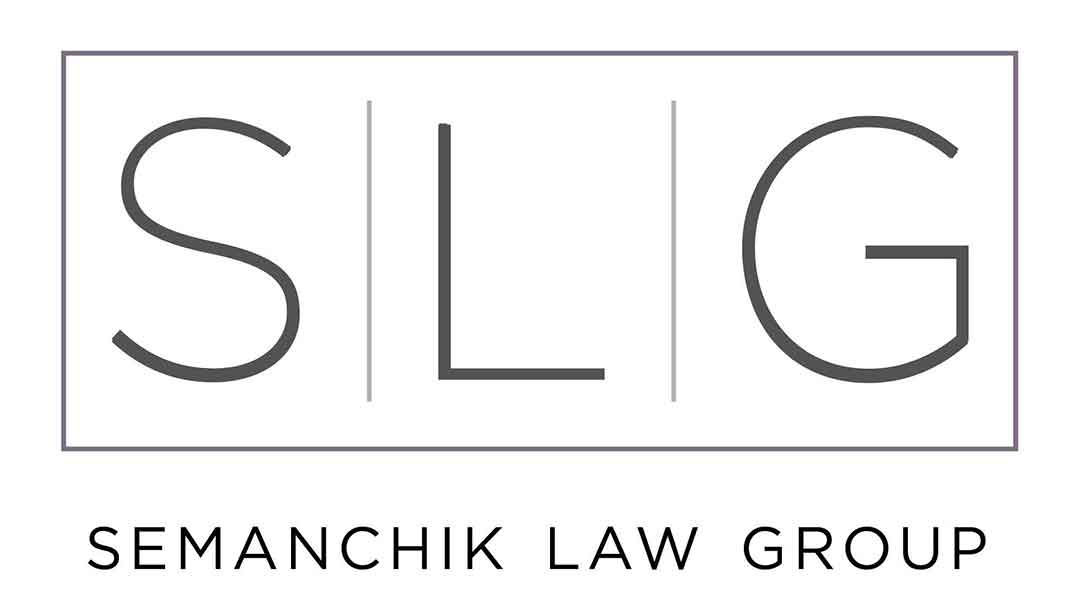If you work for someone else, your employer handles your tax withholdings for you. That’s not the case when you work for yourself, though: you are still responsible for paying those taxes, but the responsibility for withholding falls to you. In the state of California, it gets a little more complicated: you’re responsible not only for federal taxes, but also state self employment taxes.
If you’re not familiar with the ins and outs of self employment taxes, don’t worry. We’ll give you a rundown of everything you need to know to stay compliant and out of the IRS’ crosshairs, as well as keep in good standing with Franchise Tax Board (the entity that collects personal and corporate income tax on behalf of the State of California). If you have specific questions, reach out to SLG and speak to a qualified Business Attorney today.
Legally Speaking, What Is Self Employment?
The IRS outlines the criteria for self employment pretty clearly. According to their guidelines, you are self-employed if you:
- Carry out a trade or business as an independent contractor or sole proprietor
- Are a member of a business or trade partnership
- Are otherwise in business for yourself, including on a part-time basis
From freelancing as a web designer or writer to operating an independent practice as a physician or lawyer to offering services like tutoring or housekeeping, self-employment is a diverse category that includes people across all industries and skill sets who are not employees of an organization.
Types of Business Entities: What’s the Difference?
The IRS and FTB use specific business type designations to establish what type of taxable entity your business is. You may file as any one of the following, depending on your situation and goals:
-
- A sole proprietorship is one of the most common designations, and is an unincorporated business with a single owner. This owner (you) pays personal income tax on profits from the business.
- A partnership is a firm or business owned by two or more partners.
- A corporation is a group or collective of people that has legal authorization to act as a single business entity. Legally speaking, a corporation is a person.
- An S-corporation is an interesting distinction, which we’ll discuss in a bit more detail later. The short of it is, an S-corporation allows a group with 100 or fewer shareholders to incorporate while being taxed as a partnership, under Subchapter S of the internal revenue code.
- Limited liability corporations, or LLCs, are private, limited companies structured to combine the pass-through taxation of a sole proprietorship or partnership with the limited liability of corporations.
Paying Self-Employment Taxes: What You Need to Know
The first step you’ll need to take is to determine if you owe self-employment taxes. Self-employment taxes are Medicare and Social Security only, and no other taxes. You’re responsible for paying these taxes if you are a sole proprietor with a net profit of $400 annually or more, or an individual with a profit of $400 or more from an LLC or partnership.
Calculating your net profit (or loss) from your business is simple: subtract your business expenses from your income. If expenses are less than income, then you have turned a profit (congratulations!), which is taxable according to the instructions outlined on the IRS Form 1040. If your expenses are greater than your income, then you would report the difference as a net loss, which might be deductible from your gross income, depending on the circumstances.
Quarterly Tax Payments
State and federal income tax is “pay as you go.” This is in effort to mimic the structure of employers, who pay withholdings to tax agencies throughout the year. You’re required to do the same as a self-employed individual, usually as an estimated quarterly tax.
These are called estimated taxes because they are based on your best guess of your annual income for the year. If you’re like many self-employed people, you may not have regular income that can be predetermined; however, since taxes must be paid in full, you have to estimate your final annual income and pay part of it quarterly. If you expect to owe at $500 or more in taxes, you’re required to make estimated payments.

When, Where, and How to Pay
The schedules for quarterly payments to both the IRS and FTB are the same for 2019:
- First Quarter: Monday, April 15, 2019
- Second Quarter: Monday, June 17, 2019
- Third Quarter: Monday, September 16, 2019
- Fourth Quarter: Wednesday, January 15, 2020
Both IRS Form 1040-ES and FTB Form 540-ES include payment vouchers that can be used by mail. You can also use the Electronic Federal Tax Payment System (EFTPS) for federal tax payments and Calfile for filing with the FTB.
Keep in mind, paying quarterly taxes doesn’t excuse you from filing your annual tax return. Use a Schedule C to report your income, and use Forms 1040-ES and 540-ES Schedule SE to report the self-employment tax you’ve paid throughout the year.
Superhero Status: Filing As An S-Corporation
We want to discuss S-Corporation status in particular, as it can offer some potentially interesting opportunities. Unlike sole proprietorships and LLCs, who pay self-employment tax on the total income of the business. S-Corps, on the other hand, only pay tax on the amount paid to employees in the form of wages, which can result in some huge tax savings!
The catch is you must pay yourself a reasonable wage: no selling yourself short! If you’re an LLC and don’t want to give up that status, you can still be taxed as an S-Corp. Shareholders of S-Corps can also pay themselves in dividends instead of wages, which aren’t subject to self-employment taxes. Read more about the details of S-Corp status here.
Conclusion
Self employment can be uncertain at times, but your taxes shouldn’t be. Make sure you’re meeting your obligations and paying your taxes correctly and on time, and talk to a tax professional if you have concerns or questions about your particular situation.


